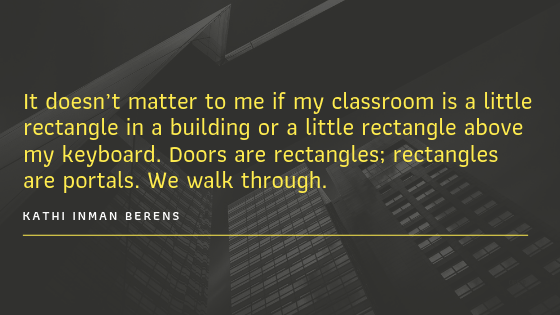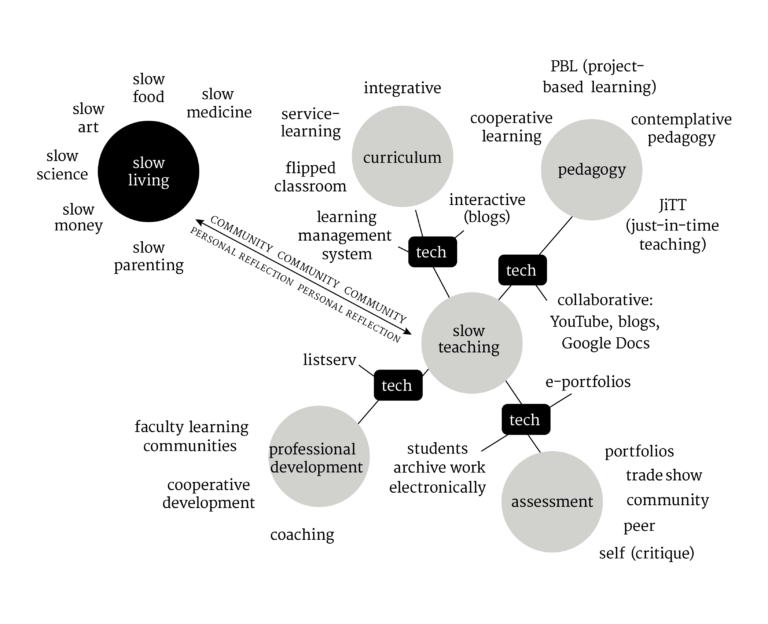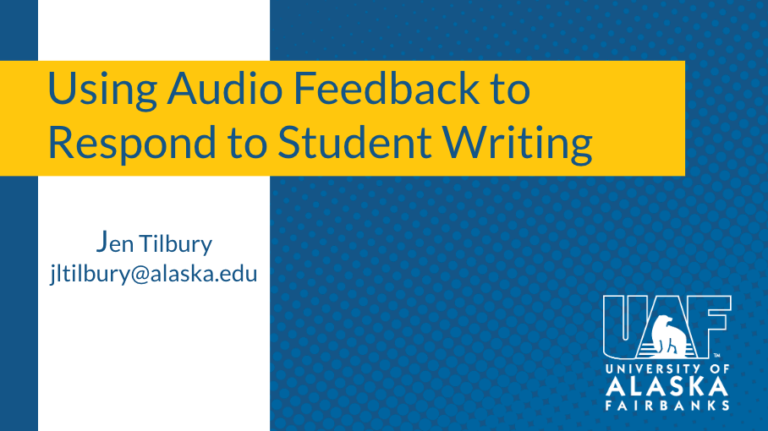Explore hybrid course design
As instructors, we have many modes in which to offer classes in higher education. Two forms: asynchronous online and the face-to-face classroom are probably the most familiar. In these two kinds of class delivery methods, timing and location are handled in opposite manners. While these are the most common types of delivery, it makes one wonder, what other ways are there of delivering a course? If you are one to constantly ask yourself how to adapt your course to meet student or program needs, you might consider a hybrid delivery model.
So what is it? What is a hybrid course design? How can it best be used in your class next semester? It’s a concept that employs a mix of practices from face-to-face and asynchronous online classes. These practices all use elements from hybrid course design:
- A class meets Monday and Friday in a lecture hall, but on Wednesdays, the class separates into smaller workgroups that meet online using Blackboard Collaborate and reviews lecture materials and goes over homework problems.
- A class is mostly online, both in lectures and assignments, but there is a one-week intensive unit when students arrange to be on campus to take part in laboratory exercises.
- Every two weeks a mostly online class hosts a synchronous session so that the class can participate in role-playing events to practice developing management strategies in reaction to different scenarios studied in the course units.

Like any design tool, a planned hybrid activity or lesson should take into account the situational factors involved. How was the class advertised? If students sign up for a class expecting a fully online asynchronous class and suddenly in the middle of the semester learn that one of the activities requires them to connect to a video chat at a specific time, that may interfere with one of the student’s previously scheduled activities, like a job. It is always helpful to provide as much planning time as possible. This can be accomplished by advertising such concurrent meetings in the course description.
Given that each modality of teaching has its strengths and weaknesses, instructors often opt for hybrid modes of course delivery when they wish to leverage the best of a method onto a course activity. Consider a recorded interview with a noteworthy expert. Students years later can still watch the interview on their own before a face-to-face class, and then come to the lecture hall fully prepared to make a group report and debate important parts of the recorded discussion. Here the instructor is purposefully using the response time of a face-to-face lecture hall so that debate and discussion are lively and immediate.
What does research on course delivery models say with respect to student attitudes, success rates, and final learning outcomes? One factor which is present in many studies is that students react positively to alternate forms of class delivery and are more likely to recommend a course to others. A recent article highlighted a class taught by the same instructor in two modalities. The class taught with hybrid options had no students who withdrew, failed, or dropped the course1. The authors of the study conclude that the increased sense of community and interactions between instructor and students, and students with students, contributed to the increased success rate.
Are you interested in exploring a hybrid course design? CTL has a whole team of designers ready to strategize with you and provide ideas and examples of successes. Let’s talk.
References
1Nwosisi, C., Ferreira, A., Rosenberg, W., & Walsh, K. (2016). A study of the flipped classroom and its effectiveness in flipping thirty percent of the course content. International Journal of Information and Education Technology, 6(5), 348.




